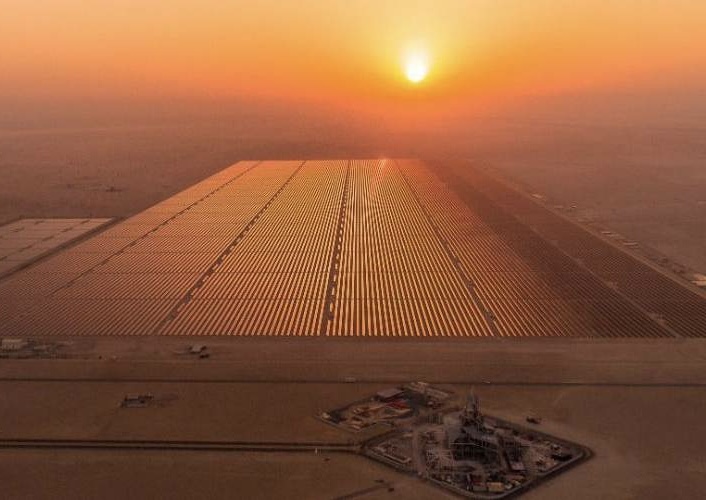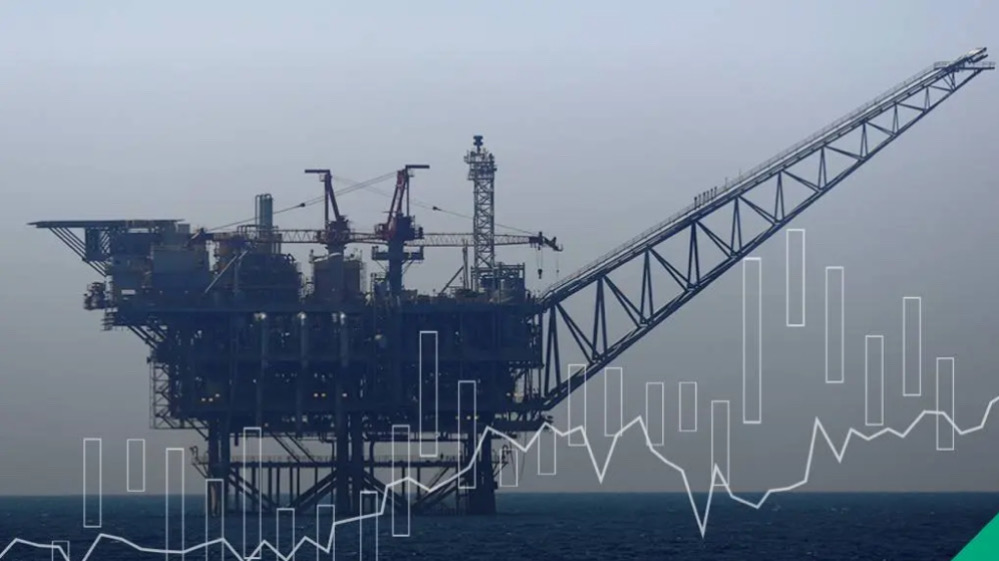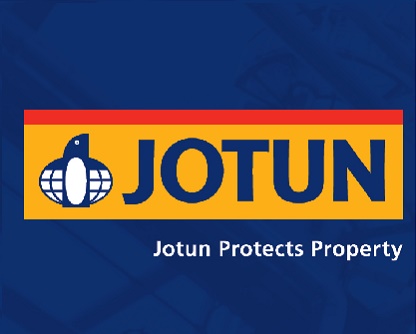Reports
Why The $17.5 Billion Write-Down Is Just The Beginning For BP
Published on : 2020-06-19
.jpeg)
OilPrice - BP, the British oil company, announced this week it would reduce the value of its oil and gas assets by $17.5 billion. Even though this represents a large potential asset write down, an accounting change such as this one does not take even one cent out of the corporation’s considerable cash reserves. This is simply a change in accounting assumptions reflecting that global demand for energy products has declined significantly due to the current pandemic and the rate at which product demand returns to normal remains unclear.
BP’s CEO, Bernard Looney, stated these measures would “better enable us to compete through the energy transition.” But as we said no cash outlays or write offs were involved. Nor did the corporation’s assets or liabilities change physically or financially. Mr Looney’s comment sounds like the carefully crafted words of a financial PR pro, cloaking financial necessity in a veil of green.
BP’s actions reflect senior management’s view that essentially oil and gas prices will remain “lower for longer” and that prospective demand may remain anemic. Accounting conventions, even by the relaxed standards of the current era, require management’s to revalue assets in light of dramatically revised expectations. And if necessary write down asset valuations to a level reflecting current and near future market prices. That is what BP’s management did. All the money or value altered here reflects cumulative investments made in prior years. As our readers know equity investors are forward looking. Stocks are priced based on future earnings and growth prospects. So why should this all matter?
For starters, asset write downs often perform a cosmetic or “kitchen sink” type of function. Managements can lump together all the incorrectly valued assets on their books into one bundle which, at the time of their choosing becomes a one time charge. This charge is typically a large expense item that flows through the corporate income statement often producing an out sized negative earnings result or loss.. But since these occurrences are infrequent and considered one time events Wall Street’s equity analysts tend to ignore the implications. As we said investors are focused on forward earnings and growth. In addition, as underperforming assets are eliminated in a write off, forward earnings can improve unburdened by the cumulation of impaired assets and expenses.
As an aside we should point out that write offs bear a remote semblance to substance abuse. What begins innocently enough can transform into crippling dependence. Certain “dependent” managements find they need a big write downs just about every year, in which case the extraordinary (from an accounting perspective) starts to look rather ordinary. In BP’s case an asset write down will substantially improve reported future earnings although not the cash that comes in.
Write offs that generate large losses on a corporate income statement also negatively effect balance sheet ratios. Those earnings losses, after tax, also flow through financial statements subtracting from the corporation’s equity account on its balance sheet. Less equity necessarily means a higher debt ratio, a more heavily levered entity and a possibly new downgrade candidate for bond rating agencies. Fixed income investors often measure risk by the debt ratio, that is long term debt as a percentage of total capitalization. They prefer a low ratio of debt to equity. That want as much equity cushion as possible to protect their position. This reflects what we might call the paradox of corporate credit: the more you use it, the less you have.
Doing a rough calculation, we believe that BP’s debt ratio will rise from 53% to 58%. Bond investors might require a higher interest rate before lending more to BP. We believe BP’s management will strive to reduce the debt ratios or leverage for a simple reason. Business risk and financial can be viewed as inverse correlates—the more you have of one the less you should have of the other. Stated simply risky businesses should employ less leverage while the capital structures of low risk businesses can do the opposite and be heavily levered. In BP’s case the remedy, unattractive in either case, is either sell more stock to the public at currently depressed equity prices or substantially reduce their common stock dividend as did Royal Dutch Shell. After all, a company cannot go on for long paying a $2.52 dividend when ongoing earnings are $1.10.
Now for the cash discussion which has nothing to do with the write down. Most recently, the company had about $21 billion of cash coming in annually from operations. It invested about $15 billion into its business and paid an $8 billion dividend while financing (borrowing) the $2 billion difference. However, creditor concerns will now likely inhibit management’s ability to continue to increase debt in this fashion. The other unattractive alternative is to simply finance the dividend via ongoing stock sales to the public, thereby diluting equity values for current investors. The painful but obvious alternative is to reduce the common stock dividend. The dividend cut frankly is already reflected in the current dividend yield of 10% which the market is saying is unsustainable. A prospective yield closer to Royal Dutch Shell’s 3.7% seems more likely. And we should add that one dividend cut does not preclude another.
At this point, we are beginning to sense a managerial schizophrenia in the progressive end of the oil industry. Their claim is that they want to go green. Even more interesting is their recent assertion that prospective returns from investments in renewables are roughly equivalent to those of legacy oil and gas. But nevertheless their capital plans reflect new investments in oil and gas, the admittedly declining business. But oil is no longer as a business a premier cash cow to finance other ventures but instead a potential cash sink. At present the renewables efforts appear more aspirational from a management perspective.
We don’t pretend to know the future of the oil and gas business, but we sure would like to see more conviction from the people who get paid to know.







